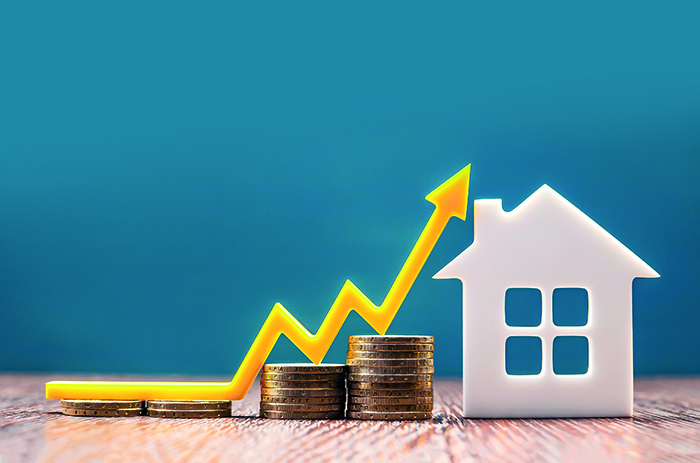
Mortgage holders have seen the highest increase in household costs over the past year, up 3.7% in the 12 months to June, according to the latest ONS figures.
This is significantly higher than the increase in household costs experienced by those renting or owner-occupiers. The ONS says this reflects rising mortgage interest payments.
The ONS Household Costs Index (HCI), showed that this rate of inflation stood at 3.2% for those in the private rental sector, and was 1.9% for social and other renters.
Owner-occupiers had the smaller increase in household costs, up just 1.3% over the 12 months to June.
However there was more positive news that overall this inflation measure was easing, in line with other inflation indices. Over all household types this HCI inflation figure rose by 2.5% to June, slowing from the annual rate of 4.5% recorded in March this year.
The ONS said that over the past three years the all-households inflation rate has most closely followed those on medium incomes (the fifth income decile), with costs for these households rising 2.3% in the year to June. In contrast high-income households saw a 3.3% increase in household costs, and lower income household saw a 1.7% rise.
The figures also show that non-retired households continued to experience a higher annual rate of inflation (2.9%) than retired households (1.2%).
Hargreaves Lansdown head of personal finance Sarah Coles says: “Stubborn mortgage rates and runaway rents are clobbering working families. Lurking underneath the headline figures of easing inflation is mortgage misery and ruinous rent hikes that mean some households face inflation rates as high as 3.7%.”
She adds: “The impact of higher mortgage rates is feeding through into people’s pockets as more of them remortgage. Those with mortgages face a far higher inflation rate than those without. And those with bigger mortgages are suffering even more horrible jumps in monthly payments — which is why higher earners face horrible price inflation.”
Coles says this is reflected in the HL Savings & Resilience Barometer, which in July found that those who have remortgaged onto a higher rate between the end of 2022 and the middle of 2024 have an average of just £315 left at the end of the month – £95 less than those who are yet to remortgage.
Coles adds: “Renters don’t escape the pain – and because [these tenants] tend to be on lower incomes, those rents absorb a disproportionally large portion of their income, so the impact is felt more keenly. In many cases their finances were already on a knife edge, so inflation of 3.2% will be particularly painful. “
H&L’s barometer found that renters have just £79 left at the end of the month.



